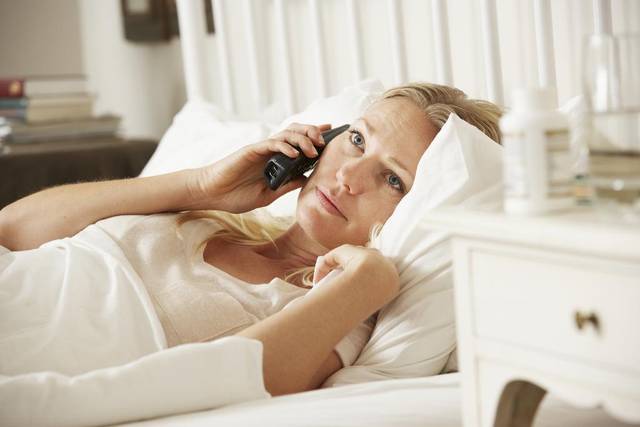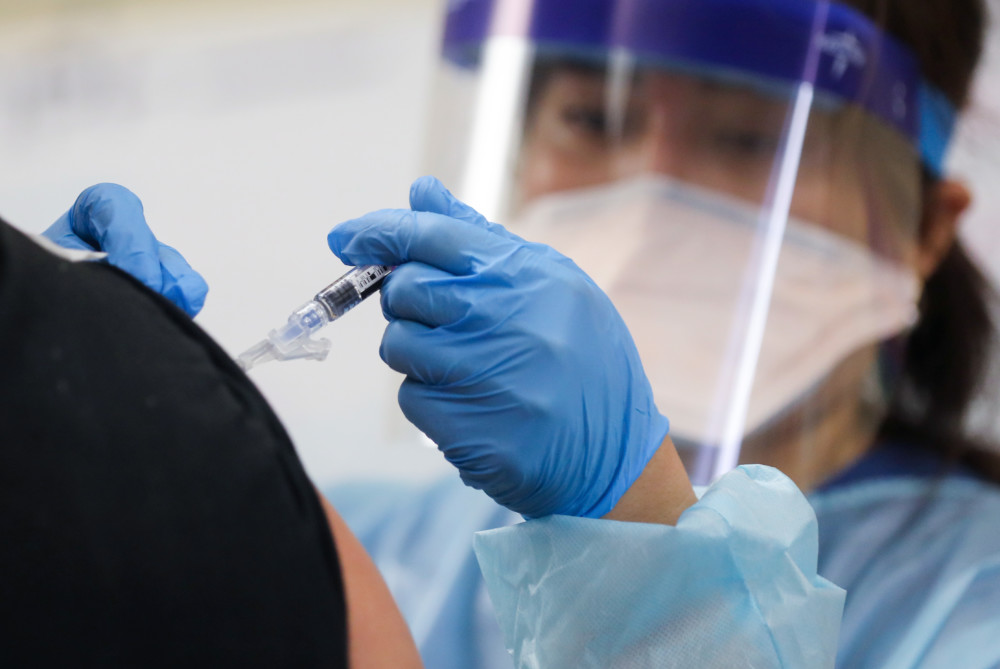By Claudia Buck
The Sacramento Bee.
You’re walking down the street, and your smartphone emits an alert: You’re entering a sick zone. Several people in the next block have reported — via Facebook or Twitter — occurrences of flu, strep throat or other ailments.
For users of Sickweather.com, those mobile phone alerts are a novel merger of health care technology and social media. But they’re also another indicator of the mushrooming interest in health monitoring from the palm of our hands.
Likening itself to Doppler weather radar for illness, Sickweather.com tracks social media mentions of 23 ailments, such as someone lamenting he’s home sick with a stomach virus, battling a nasty cough or sneezing his way through allergies.
The posts, anonymous except for date and location, are mapped on a user’s smartphone. In the past 10 days, for example, flu reports were posted in downtown Sacramento near Cesar Chavez Plaza, in Davis on East 14th Street and near B and Second streets in Rocklin.
“We’re turning your phone, iPad or Apple Watch into a field detector for illness,” said CEO and co-founder Graham Dodge, whose company launched in Baltimore in 2011 and now tracks about 200,000 social media posts a day. “Our goal is to track actual reports of illness or of someone they know being sick: ‘I’ve got the flu, my co-worker has a cough.’ ”
More than just a tech novelty, some researchers say there’s a healthy dose of useful information in on-the-ground reports that can indicate when a bout of flu, norovirus or other contagious illness is spiking in your city, region or neighborhood.
“Twitter users often publicly express personal information; messages like ‘I gots da flu’ and ‘sick with this flu it’s taking over my body ughhhh’ are common,” said researchers Michael J. Paul and Mark Dredze, in a 2011 study conducted at Johns Hopkins University in Baltimore. “Knowing that a specific user has the flu may not be interesting, but millions of such messages can be revealing,” such as tracking the U.S. influenza rate. (Both Paul and Dredze serve on the advisory board of Sickweather.)
Paul, now an assistant professor of information science at the University of Colorado in Boulder, said in an email that social media awareness of illness outbreaks often is weeks ahead of public health advisories, which typically lag behind real-time reports.
Sickweather, cited as one of Entrepreneur magazine’s “100 Brilliant Companies” in 2012, sees itself as a warning bell ahead of traditional health advisories.
“It’s literally health care in your hands,” said Dodge, 39, who said the site’s alerts have prompted moms to refill their children’s allergy medications or nudge people to take precautions when coming into an identified flu, chicken pox or bronchitis zone.
So what are people supposed to do with an alert that they’re walking into, say, a neighborhood peppered with reports of pink eye or sore throats? Well, you might walk a different street. Or go wash your hands.
“People aren’t thinking about the flu year-round,” Paul said, “so if they are aware of particular times and places that they should be vigilant, then they can take more action to protect themselves (washing hands, avoiding crowds, etc.). There is research that shows that public awareness of disease can affect how it spreads.”
On Sickweather’s new Apple Watch app, a hand-washing timer taps your wrist when you’ve washed for 20 seconds, the minimum time necessary to avoid spreading germs, as recommended by the Centers for Disease Control and Prevention.
It comes as the market for mobile health apps is booming, projected to reach $26 billion by 2017. Medical apps for Apple and Android phones have more than doubled in the past 2.5 years, reaching more than 100,000 apps at the start of 2014, according to a recent report by research2guidance, a medical technology research firm. Over the next five years, it said, “reminders and alerts” medical apps will be the fourth fastest-growing category, behind diagnostic, remote monitoring and remote consultation apps.
Using what it calls a patent-pending algorithm, Sickweather analyzes millions of social media posts a month. The posts are “de-identified” so no names are attached, but Sickweather maps them based on the time and place where they were posted. Using geo-fencing, software that creates perimeters on maps, the Sickweather app sends an alert when the user crosses the street or drives into what it considers a sick zone, based on multiple reports of coughs, colds, sinus infections, allergies or other ailments. The posts remain on the map for two weeks, the typical life span of a virus.
To boost its reliability, Sickweather’s software filters out a list of keywords that aren’t illness-related, such as Twitter or Facebook mentions of “Bieber fever” (teens afflicted with a Justin Bieber obsession) or statements that so-and-so “makes me sick.”
In New York City one year, social media messages started popping up about “slime flu,” which turned out to be a hip-hop band, Slime Flu 5, that had nothing to do with actual flu. “We were able to flag it and filter against it,” said Dodge. “Many times we’ve cracked open Urban Dictionary to figure out what people mean.”
So far, Sickweather.com has received about $675,000 in angel funds and is in the midst of another round of investor funding, Dodge said. The company, with six full-time employees, also earns revenue from outside partners such as Walgreens. Last year, 400 Walgreens pharmacies popped up on Sickweather.com maps as sponsored locations.
The English-only app is used in Canada, Great Britain, Australia, South Africa and parts of Europe, but the company intends to expand into other languages and countries. Dodge said Sickweather also is pursuing partnerships with public health agencies and health care companies to help spread the word about illness outbreaks.

















































































































































































































































































































































































